Vets usually wrap a plastic cone around the cat’s neck following a neuter. It is done to prevent the cat from licking or biting the wound. But in Muezza’s case, the vet didn’t provide that cone after neutering.
So, what should you do if your vet didn’t give cone after neutering cat? You can buy a cone and wrap it around your cat’s neck. Another alternative is to make a protective cover with old T-shirts.
If you can’t do any of these, at least learn how you can prevent your cat from licking after neutering. Welcome aboard.
Vet Didn’t Give Cone After Neutering Cat: What to Do
If your vet forgets to provide a cone after neutering, it is crucial to arrange a covering for the wound. In some cases, your cat might not be comfortable with the cone provided by the vet.
This is because the cones are generally hard and constrain your cat’s neck movement. Also, these are known as the cone of shame because they make your pet look funny. Haha!
Jokes apart, the peripheral vision of your cat is also hindered due to the cones. The cone can also be uncomfortable if it is too tight. In such cases, you have two alternatives.
1. Buying a Soft Cone
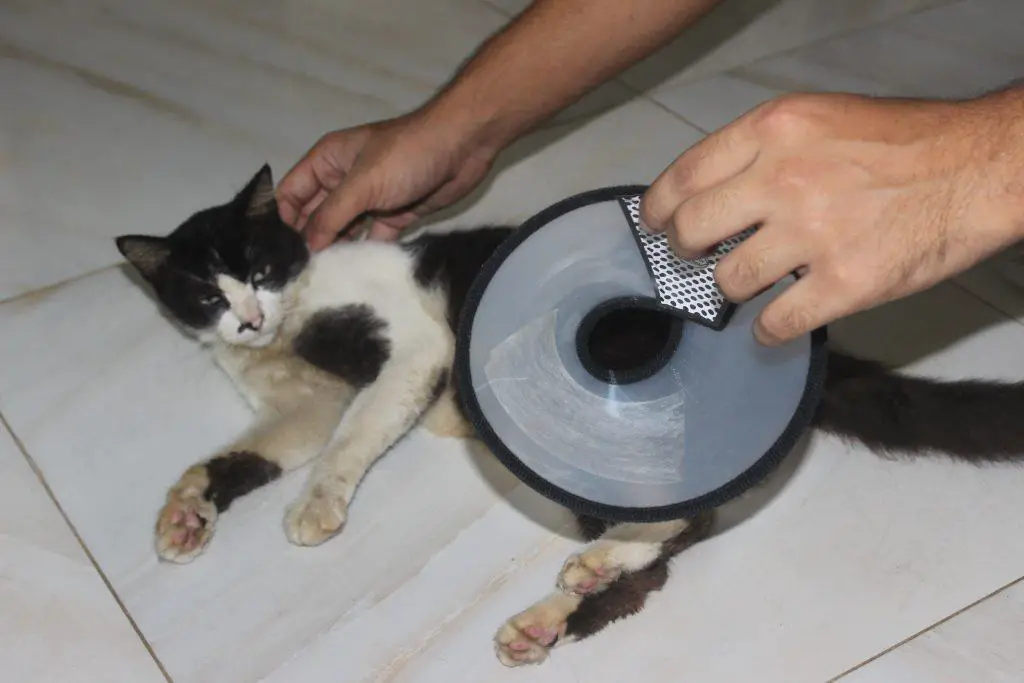
Pet cones are available in almost all pet stores. So, you can quickly head to the nearby pet store and grab a soft cone for your cat. These cones are made from silicone and are soft enough to make your pet feel comfortable.
If that’s not an option for you or your cat is still uncomfortable with the cone, check the following option. This is another alternative to cone after neutering a cat.
2. Making a Protective Cover
It requires an old T-shirt, a pair of scissors, needles, and threads. Follow the steps below.
Step 1: Make a cut at the middle of the back of the T-shirt lengthwise. End the cut a few inches before the neck hole.
Step 2: Insert the neck hole through the cat’s head to fully expose its neck.
Step 3: Mark where your cat’s legs on the T-shirt are positioned.
Step 4: Cut four holes in the T-shirt using a pair of scissors.
Step 5: Insert the cat’s legs into the hole one after another.
Step 6: Pull the back parts of the T-shirt together and sew them with needles and threads. Remember, the T-shirt should not be too tight or too loose. And the stitching should always be along the spine of the cat.
Step 7: Cut any unnecessary part that is hanging around.
Now your cat has a comfortable protective cover and it won’t be able to lick or bite the surgery area anymore. In summer, thin T-shirts are good enough. But you need to wear thicker T-shirts in winter.

How Long Should I Keep the Cone After Neutering?
It depends on the rate of healing after the surgery. If your cat is healthy enough, the wound will heal quickly. Muezza took about five days to heal. The healing time can also vary depending on the stitching method. The stitches should dry in about 5-7 days. Check this case study to learn more.
Besides, regular checking of the wound is necessary so that you know when the wound has healed. You might need to look for the following signs.
- If there is no bleeding from the surgery area, it means the wounds are healing up.
- There shouldn’t be any wetness in or near the wound. If the area is dry, you can assume that the wound is healing.
- When your cat walks around, check if there is any sign of limping. Protective cones are safe to remove if there is no sign of pain in the legs.
How to Stop Cats from Licking After Neutering Without Cone?
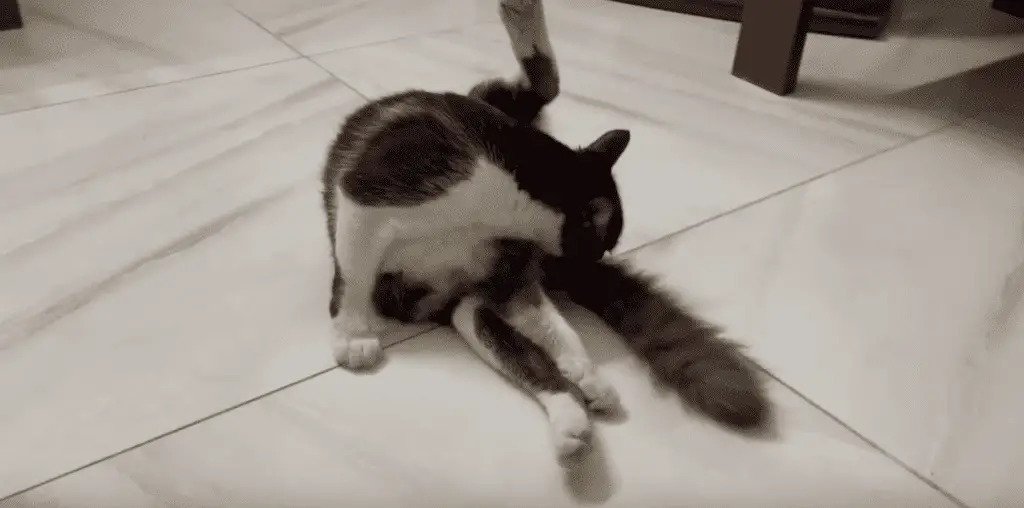
If your vet didn’t give a cone after neutering the cat and you couldn’t arrange any alternatives, use these ideas to prevent your cat from licking.
● Cover the Wound Area
Dressing the area is the best solution if your cat doesn’t want to wear a cone for long. Use an antiseptic solution to clean the wound area thoroughly and dress the area. As a result, your cat won’t be able to lick or bite the area.
● Use a Cat Collar
In the case of surgical neutering, the cat can still try to bite the wounded area due to irritation. You can use a cat collar to prevent it from licking after neutering.
If you can’t buy one, use a neck pillow instead. Wrap the neck pillow around the cat’s neck and close the ends with strings or velcro straps. This will prevent cats from licking the wound.
FAQs
Check answers to some commonly asked questions about vet cones after neutering.
Q: Is the cone really necessary after neutering the cat?
A: Yes. The cone is necessary to let the wound heal quickly. Otherwise, the cat can lick or bite the wound and increase the risk of infection.
Q: Why didn’t my vet give me a cone after neutering?
A: Vets nowadays usually don’t use stitches. Instead, they use surgical glue to bind the incisions together. As a result, there will be no tearing on the skin and your cat won’t need a cone.
Q: Can my cat get depressed with the cone on?
A: Yes. If the cat doesn’t see properly or can’t play around, it can get depressed pretty easily. The restriction in movement and discomfort caused by the cone will make your cat depressed.

Final Thoughts
Incisions made during the neuter are sutured to protect the area from infection and allow quick healing. But cats tend to lick or bite the area, which can be risky. So, vets tend to give protective cones after neutering. Many people ask why my vet didn’t give cone after neutering and what I should do now.
Well, it is probably because your cat didn’t have sutures. But if the cat has stitches and the vet didn’t give it a cone, you need to buy a cone or make a protective cover at home. Dressing the wound will also prevent the cat from licking it and help in quick recovery.

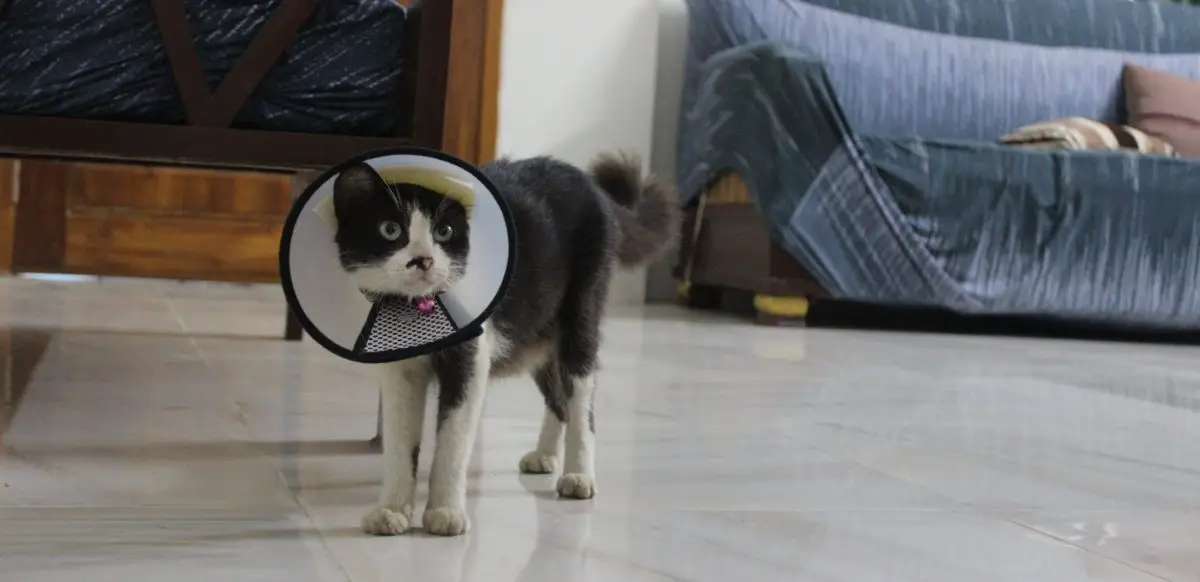
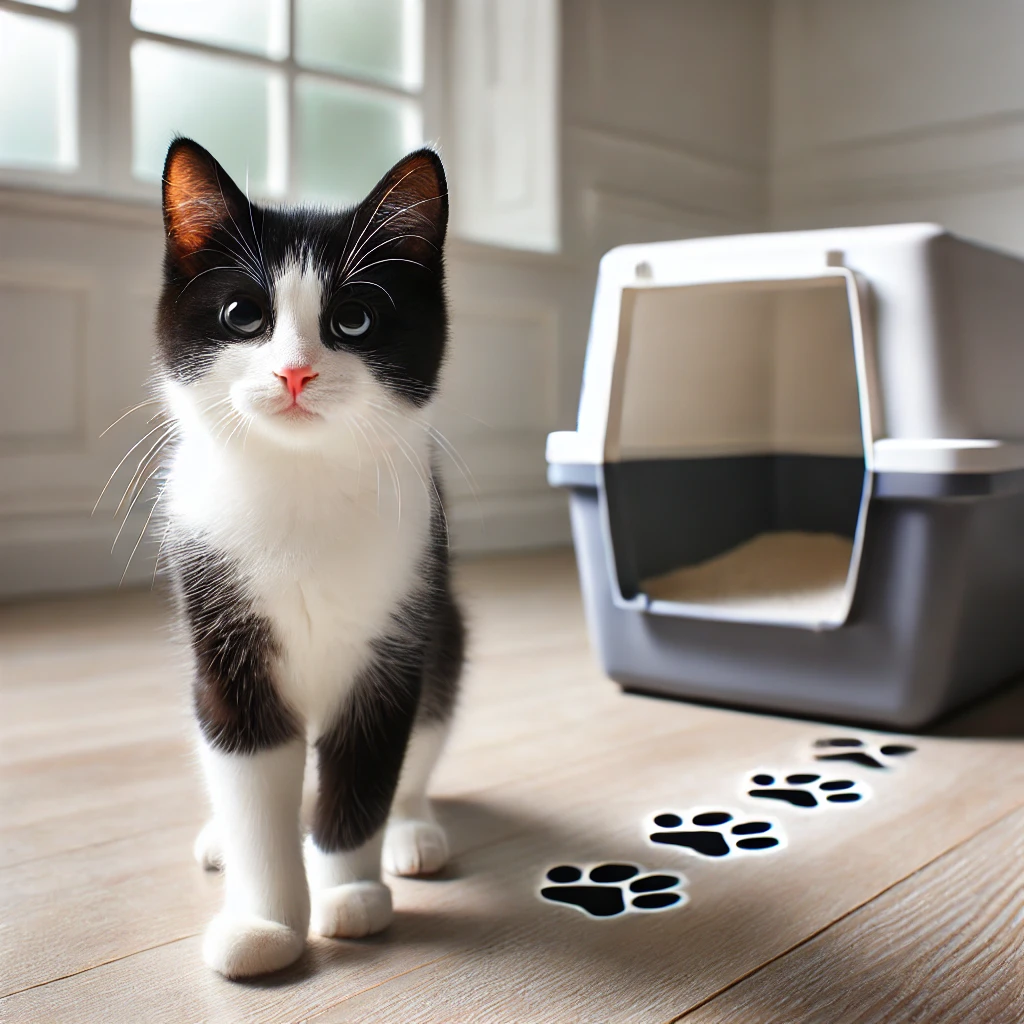
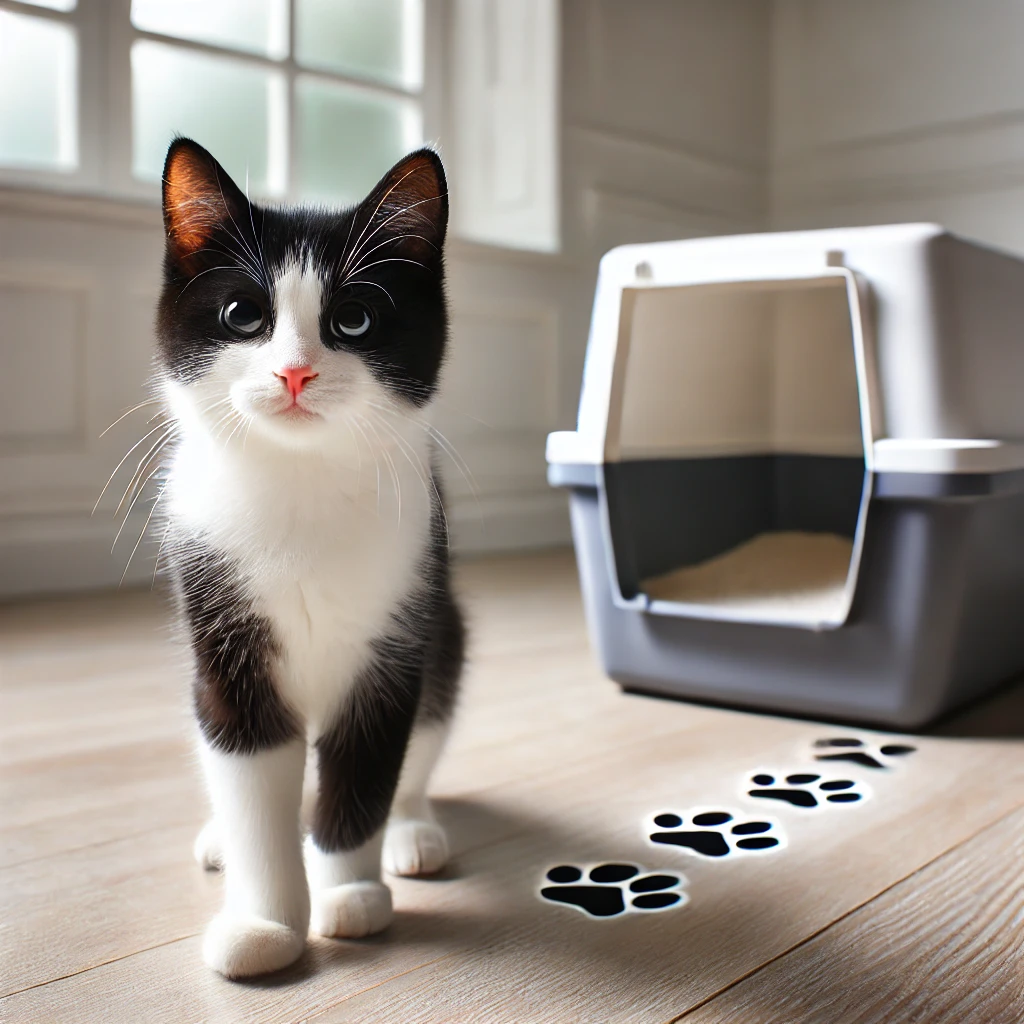
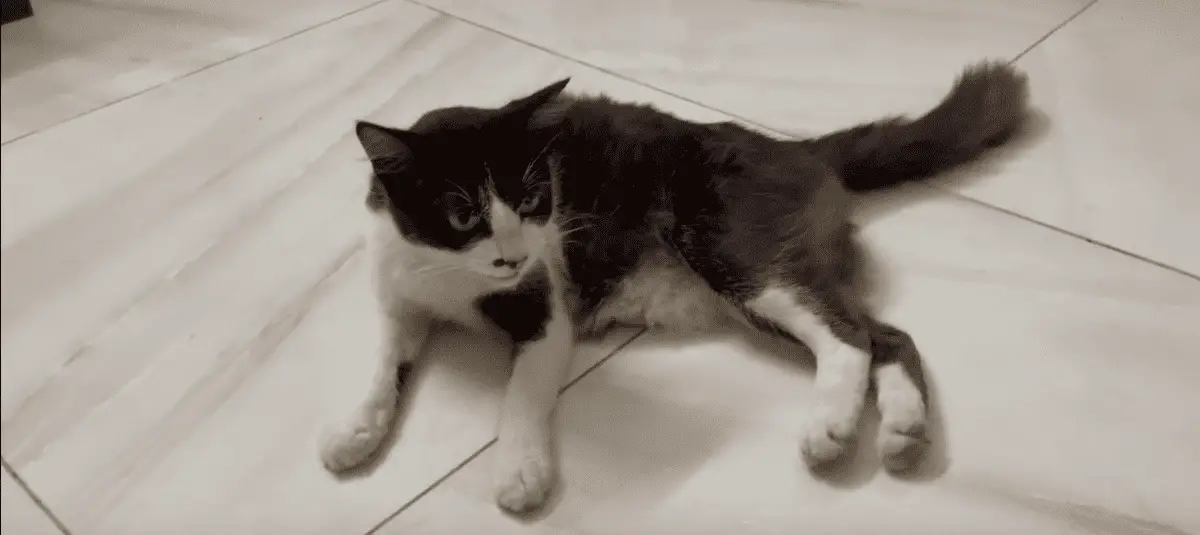
Leave a Reply